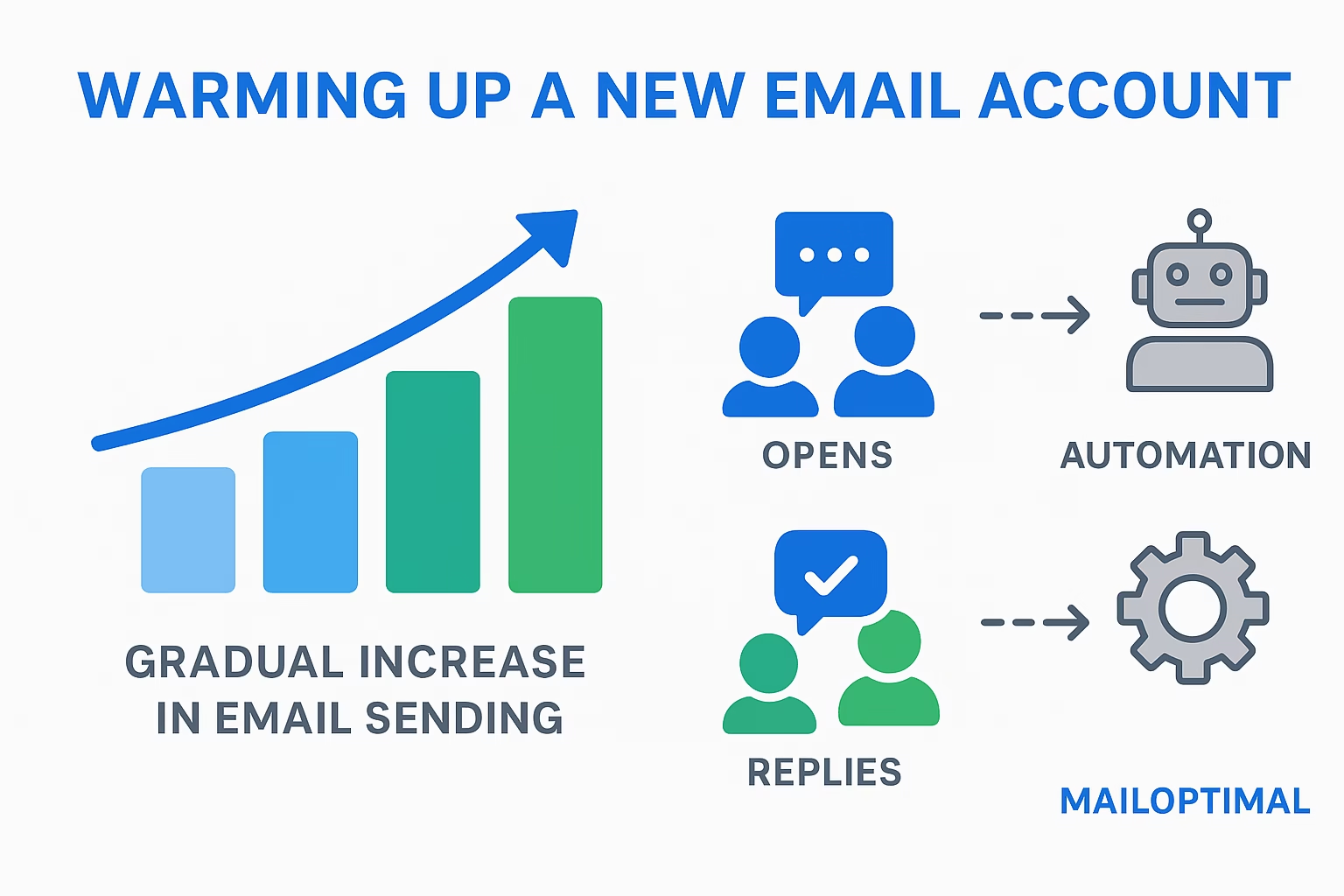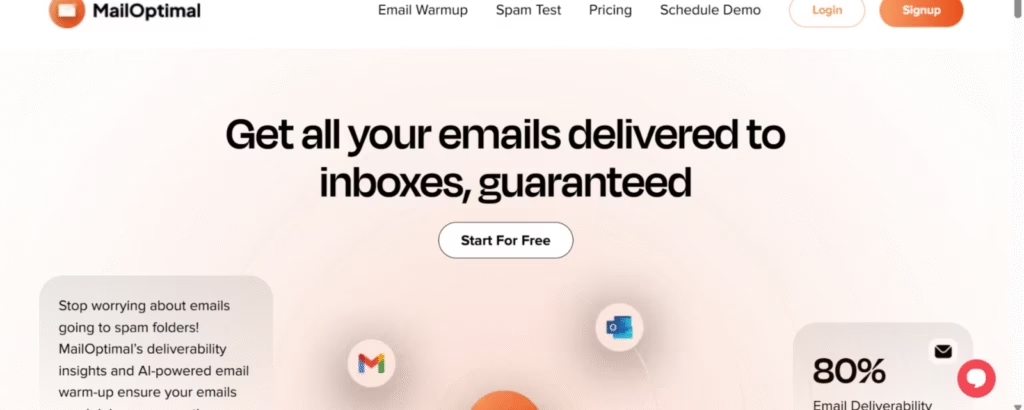Avoid Spam Filters: In the modern digital landscape, email remains one of the most powerful tools for business communication and marketing. However, even the most compelling email campaigns can be derailed if your messages end up in the spam folder. To maintain high deliverability and ensure your emails reach the inbox, it’s crucial to understand how spam filters work—and how you can sidestep them using industry best practices and advanced tools like MailOptimal.
What Are Spam Filters and Why Do They Matter?
Spam filters are automated systems used by Internet Service Providers (ISPs) and Email Service Providers (ESPs) to protect users from unwanted, irrelevant, or dangerous messages. These filters analyze every email using algorithms that look at sender reputation, content, engagement, payloads (like links or attachments), and compliance signals. Emails that get flagged may never be seen by your recipients, affecting your outreach, sales, and brand perception.
Proven Strategies to Avoid Spam Filters
1. Build and Maintain a Clean Email List
- Always use opt-in forms—never buy or rent lists.
- Regularly clean your email list, removing bounced, inactive, or unengaged contacts.
- Use double opt-in procedures to confirm subscriber intent and avoid spam traps.
2. Authenticate Your Sending Domain
Set up these vital authentication records:
- SPF (Sender Policy Framework): Authorizes specific servers to send email on your behalf.
- DKIM (DomainKeys Identified Mail): Attaches a cryptographic signature to demonstrate the message is legitimate.
- DMARC (Domain-based Message Authentication, Reporting & Conformance): Instructs recipient servers on how to handle failures in SPF or DKIM checks.
MailOptimal guides users through easy authentication setup, making your sending domain more trustworthy in the eyes of ISPs.
3. Write Compelling, Non-Spammy Content
- Avoid trigger words (“Free!”, “Buy Now”, “Congratulations”)—spam filters scan for promotional jargon.
- Use clear, honest subject lines—no excessive punctuation, CAPS LOCK, or misleading statements.
- Personalize content using the recipient’s name, company, or interests to boost engagement.
- Balance text-to-image ratios (aim for about 60% text, 40% images).
- Limit external links (ideally 1-2 per email); use reputable domains—never link shorteners like bit.ly.
4. Limit Attachments and Large Files
- Compress files when necessary or host them in the cloud (e.g., Google Drive, Dropbox).
- Avoid sending executable files (.exe, .js, .zip) which can trigger spam checks.
- MailOptimal’s email templates optimize file sizes and avoid suspicious attachments.
5. Include a Clear Unsubscribe Link
- Always provide a prominent, easy-to-find unsubscribe button.
- Respect opt-out requests immediately; removing disengaged users improves your list health and reputation.
- MailOptimal automates unsubscribe management, ensuring compliance.
6. Test Your Emails Before Sending
- Use spam testing tools to preview how your message will be rated by popular ISPs.
- Monitor inbox placement and engagement metrics to catch red flags early.
- MailOptimal’s analytics dashboard gives real-time feedback on spam filter risks.
7. Warm Up Your Email Account

- New domains or addresses should begin with low-volume sending, gradually increasing as engagement and reputation improve.
- MailOptimal automates this gradual process, with human-like activity simulated across its warmup network.
8. Monitor Blacklists and Feedback Loops
- Use monitoring tools to detect if your domain/IP is listed on common blacklists.
- Promptly investigate and resolve blacklist incidents.
- MailOptimal continuously monitors your sending reputation and alerts you to potential threats.
How MailOptimal Helps You Avoid Spam Filters
MailOptimal is designed to automate and simplify the steps above, eliminating guesswork:
- Effortless domain and DNS authentication setup.
- Custom warmup strategies with human-like engagement to build trust.
- Real-time analytics for deliverability, open rates, and spam placement.
- Automated bounce, unsubscribe, and engagement handling.
- Blacklist monitoring and instant alerts for reputation issues.
With MailOptimal, you get best-in-class deliverability features right out of the box, whether you’re launching your first campaign or scaling operations across multiple accounts.
Frequently Asked Questions (FAQs): Avoid Spam Filters
Q1: Does sending cold emails always trigger spam filters?
No. Well-crafted, personalized, and authenticated emails sent to engaged lists are less likely to trigger spam filters, especially when warmed up and tested through MailOptimal.
Q2: How can I check if my domain is on a blacklist?
Use tools like MXToolbox or Google Postmaster Tools. MailOptimal provides automatic blacklist monitoring and alerts if your domain or IP is ever blocked.
Q3: What are the quickest ways to improve email deliverability?
Authenticate your domain, clean your list, personalize your emails, avoid spammy words, and use MailOptimal’s warmup and analytics features.
Q4: What should I do if my emails are landing in spam?
Review your sending practices for authentication, engagement, content, and list health. Run deliverability tests, adjust your approach, and leverage MailOptimal’s analytics for actionable insights.
Q5: Can MailOptimal help with unsubscribe management?
Yes. MailOptimal automatically handles unsubscribe requests and updates your list, ensuring compliance and a healthier sender reputation.

By following these guidelines and using MailOptimal’s deliverability features, you can dramatically reduce the chances of your emails being sidelined by spam filters—ensuring that your campaigns consistently reach the inbox and generate powerful results.
Email Deliverability Tools: Top 8 Email Deliverability Tools to Land Your Emails in the Inbox

